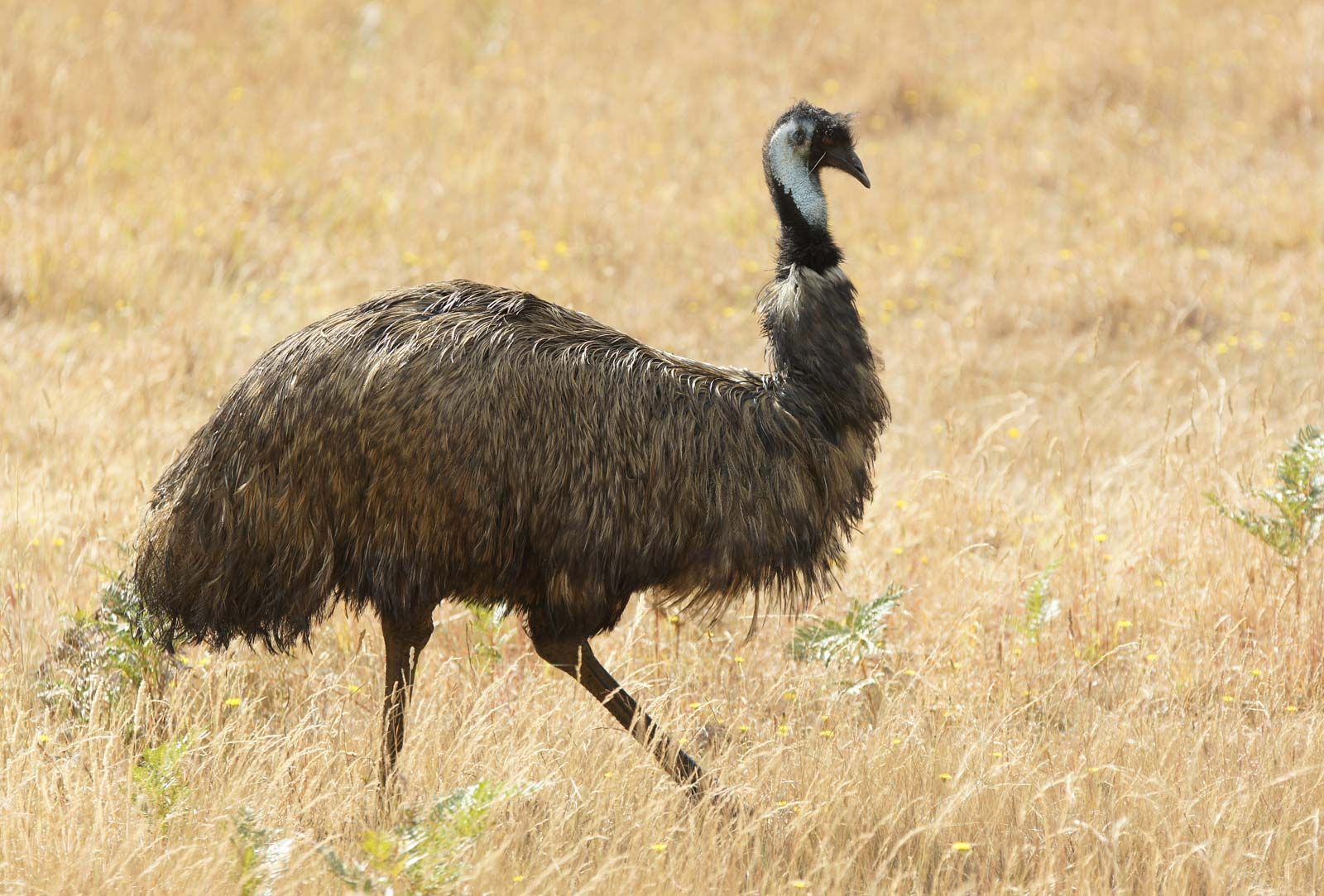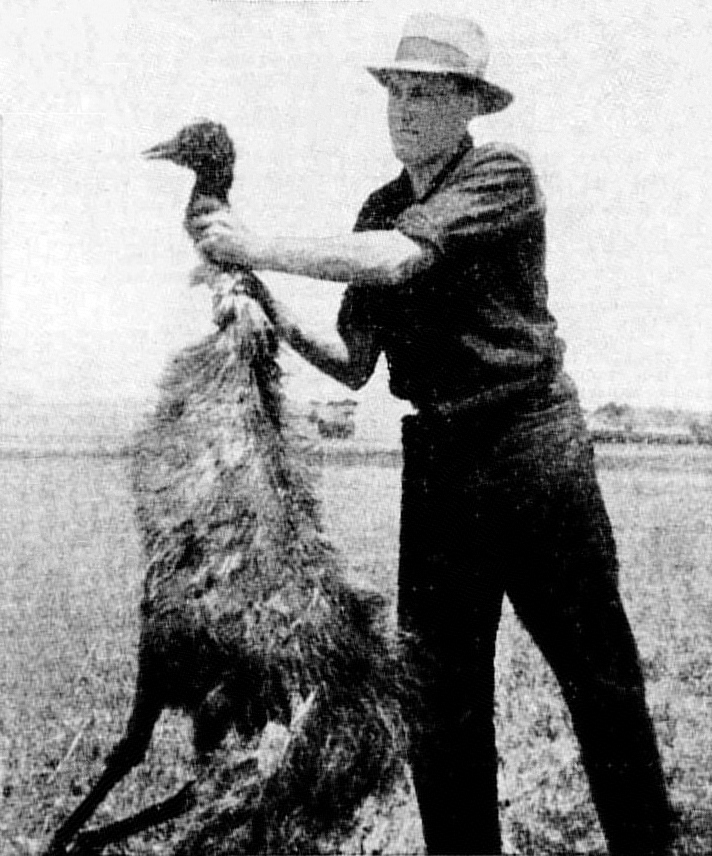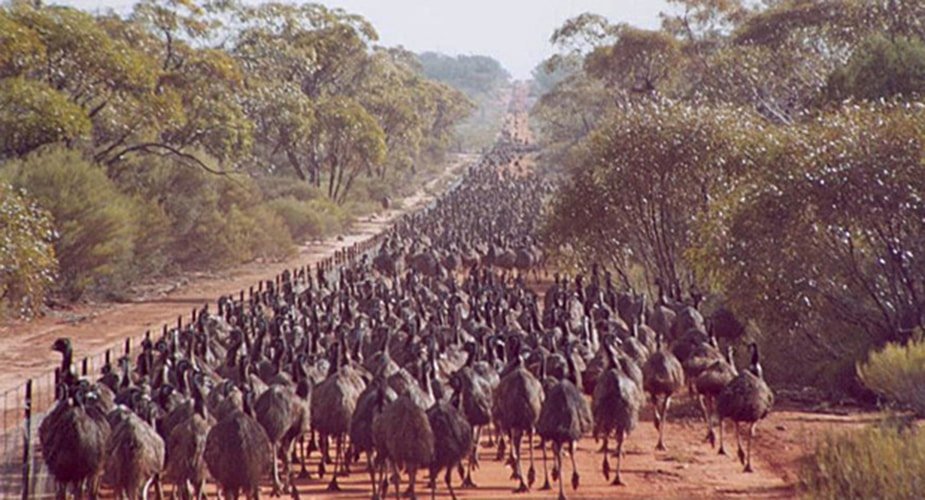In the annals of military history, few campaigns stand as uniquely peculiar as the Great Emu War of 1932. Western Australian farmers faced an unprecedented crisis when thousands of emus descended upon their wheat fields during the Great Depression.
The aftermath of World War I left many Australian soldiers-turned-farmers struggling to maintain their wheat crops in Western Australia. These veterans-turned-agriculturalists had already weathered countless challenges, but nothing prepared them for the approaching storm of feathers and determination.

Credit: Image from Britannica
What began as a simple wildlife management issue quickly escalated into a full-scale military operation. The Australian government deployed military personnel armed with Lewis guns and 10,000 rounds of ammunition to combat nearly 20,000 emus. The military’s confidence was high, yet they severely underestimated their unconventional opponent.
The emus proved remarkably resilient and demonstrated unexpected tactical prowess. These large flightless birds moved in small groups, making them difficult targets for the military’s heavy machine guns. Their thick feathers could deflect several bullets, and their ability to scatter quickly frustrated the soldiers’ efforts.

Credit: Image from Wikipedia
Major G P W Meredith, who led the operation, soon discovered that the birds possessed an uncanny ability to withstand multiple bullet wounds. Even more surprising was their apparent skill at evading the military’s coordinated attacks. The birds seemed to instinctively know when to split into small groups and when to regroup.
The military operation lasted several days, but the results were embarrassingly ineffective. The soldiers managed to kill only a handful of emus, while ammunition wastage was substantial. The birds continued their destructive march through the wheat fields, seemingly unfazed by the military presence.

Credit: Image from Australian Geographic
Eventually, the Australian government withdrew its troops, marking an unusual defeat in military history. The farmers resorted to more conventional methods of pest control, including building better fencing systems and implementing local shooting programs. This approach proved more effective in the long run.
The Great Emu War serves as a remarkable reminder of nature’s resilience and the limitations of conventional military tactics against unconventional adversaries. Today, this peculiar chapter in Australian history stands as a testament to the unexpected challenges that can arise when human civilization clashes with wildlife.
The legacy of this unusual conflict lives on in Australian folklore, demonstrating how even the best-laid military plans can go awry when faced with the unpredictable nature of wildlife. The event continues to capture imaginations worldwide, highlighting the sometimes absurd intersections of human endeavor and natural world.
References:
Britannica – Emu War – link
Wikipedia – Emu War – link
Australian Geographic – Australia’s Emu Wars – link
Categories: Australian History, Do you know, Historical Events, Military History, Wildlife Conflicts
Tags: Agricultural Crisis, Australian History, Emu War, great depression, Military History, unusual battles, Western Australia, Wildlife
Religion: None
Country of Origin: Australia
Topic: Historical Events
Ethnicity: None

